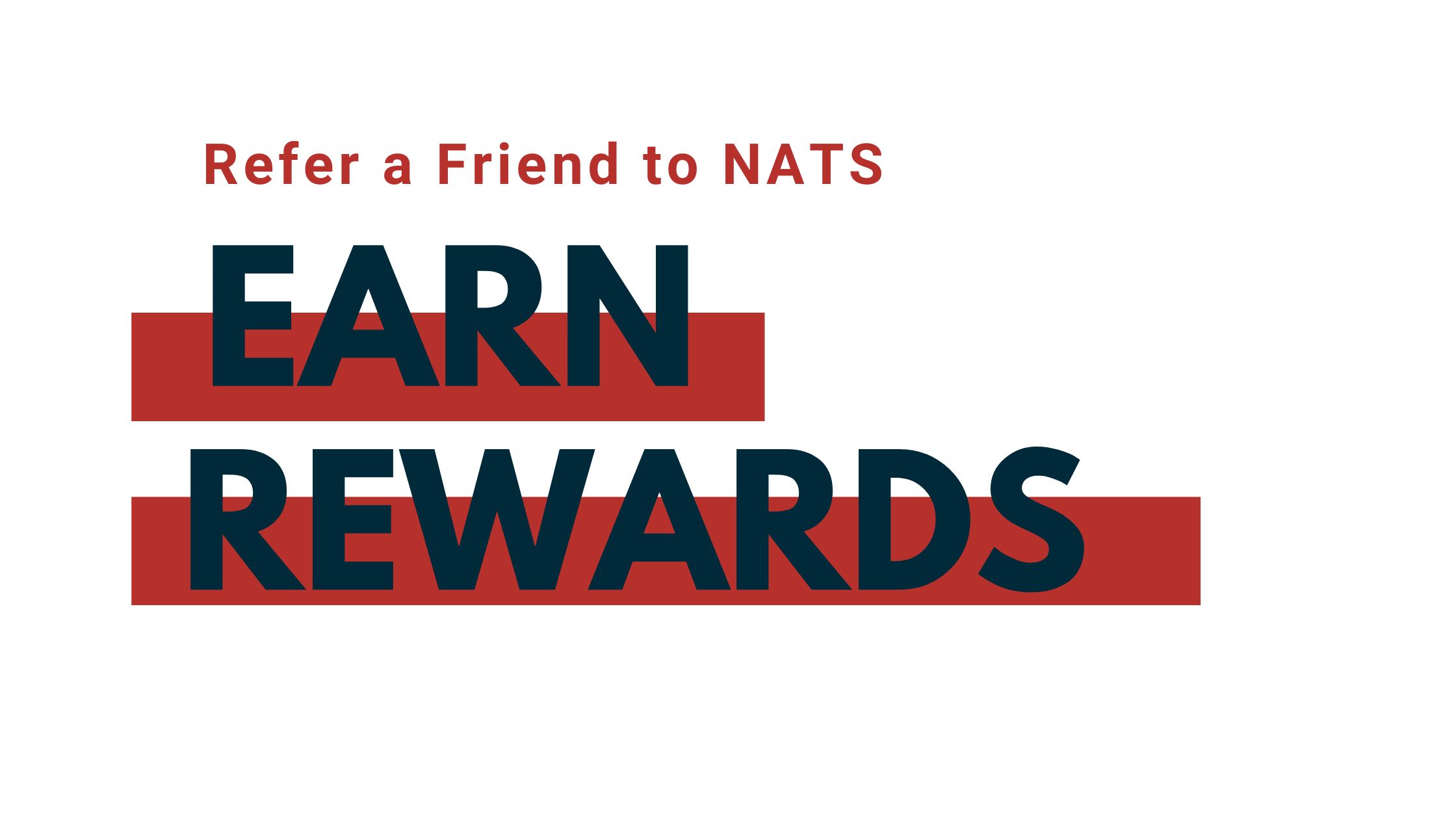Welding is more than just fusing metal together. It’s a skilled trade built on precision, training, and having the right tools in your hands. If you’re thinking about building a career in welding, understanding how different tools and equipment work is one of the first things to learn. Welders rely on specific gear, from simple hand tools to larger machines, to get the job done right. Every cut, weld, and finish depends on how well you can work with these pieces of equipment.
If you’re exploring a welding apprenticeship in Brampton, this knowledge becomes even more important. Hands-on training introduces you to these tools early on, giving you the confidence to use them safely and properly out in the field. Knowing what each tool does helps you avoid mistakes and build better welds. It’s one of the first steps in becoming work-ready, whether you’re aiming for construction, fabrication, or repair work.
Basic Welding Tools
Before you can strike an arc or use heavy-duty machines, you’ll spend a lot of time with smaller, everyday tools. These hand tools might not draw the most attention, but they’re used constantly across almost every welding task. If you’re starting from scratch, they’re usually the first items you’ll be taught to work with in a welding program.
Here’s a quick look at the basic tools used in professional welding:
– Chipping hammer: Used for knocking off slag after a weld. It helps reveal the finished surface underneath and keeps your project clean.
– Wire brush: Handy for cleaning the area before and after welding. A clean surface means fewer weld defects.
– Clamps and magnets: Keep pieces in place while you work. They improve accuracy and make your job faster and safer.
– Measuring tools: Tape measures, squares, and soapstone markers help you measure and mark lines accurately.
– Welding pliers: Multi-purpose tool used for cutting wire, removing contact tips, and handling hot materials.
These basic tools are part of the hands-on experience during a welding apprenticeship. You won’t just use them once or twice. You’ll build muscle memory by using them throughout your training. In programs like the one available in Brampton, these tools are part of the daily routine. Early exposure helps students learn proper technique and care, which translates to professional-quality welds later on.
Cutting and Grinding Equipment
Before welding can even begin, materials usually need to be prepped. That might mean cutting raw steel down to size or smoothing out an edge that doesn’t sit right. That’s where cutting and grinding tools come into play. These pieces of gear help shape and prep the workpiece to make sure it’s clean, aligned, and ready for welding.
A few of the most common tools used at this stage include:
– Angle grinders: Used for smoothing rough surfaces, removing rust, or cutting through metal. These are portable and powerful and useful for almost any welding task.
– Cutting torches: Often used when cutting thicker steel. Oxy-fuel torches combine fuel gas and oxygen to burn through metal quickly.
– Plasma cutters: These allow for cleaner, more precise cuts and are often used in more advanced settings.
Learning to use cutting and grinding tools safely is part of the foundation of real-world welding. In a hands-on training environment, like the welding apprenticeship program offered in Brampton, you’ll not only get familiar with these tools, you’ll know when to use each one and how to avoid common safety risks. Cuts and sparks happen fast, so proper technique is just as important as the right equipment.
By the time you finish training, knowing how to grind a bevel or use a cutting torch won’t feel awkward. It will be second nature. It helps build speed, accuracy, and confidence, all of which come in handy once you step into your first welding job.
Welding Machines and Their Accessories
As training progresses, students spend more time working with welding machines. Each machine has a different purpose and mastering them takes practice. Whether you’re working with thicker structural steel or doing finer work, choosing the right machine makes all the difference in both quality and speed.
There are three main types of welding machines you’ll get hands-on training with:
1. MIG welders (Metal Inert Gas) – These are great for beginners. They feed a wire electrode through the welding gun, making it easier to learn. MIG is commonly used in automotive and sheet metal projects.
2. TIG welders (Tungsten Inert Gas) – More advanced and usually slower, but cleaner. TIG is used when precision really matters, like on thinner metals or clean-looking welds for stainless steel.
3. Stick welders (Shielded Metal Arc Welding) – Durable and suited for outdoor jobs or rougher conditions. Though messier, it’s the go-to method for many industrial or structural applications.
Accessories are just as important as the machines themselves. You’ll work with items like filler rods, electrodes, and gas regulators. Each one plays a role in keeping the weld stable and effective. For instance, shielding gases like argon prevent air from contaminating the weld. Knowing which combinations to use, and when to switch them, is something you’ll pick up during hands-on sessions in the welding program in Brampton.
You’ll also explore how to set voltage and amperage, load the electrode, and adjust wire speed. These steps can sound overwhelming at first, but once you get to use the different machines in a training setting, they start to feel more natural. Working on actual weld projects during your training gives you the confidence to handle real-world situations later on.
Staying Safe With Welding Gear
Safety isn’t just about following rules. In welding, it’s about building habits that protect you while you’re surrounded by sparks, heat, and heavy equipment. Everything from your helmet to your boots helps reduce risk and keeps your focus where it matters, on the weld itself.
Here’s a breakdown of the safety gear used on typical jobsites:
– Welding helmet with auto-darkening filter – Protects your eyes and face from heat and ultraviolet light. The filter adjusts so you can see clearly between welds.
– Fire-resistant jacket or apron – Keeps your body protected from flying sparks and intense heat. These are usually made from leather or flame-retardant fabrics.
– Welding gloves – Thicker than regular work gloves and designed to shield your hands from hot metal and heat.
– Steel-toe boots – Help protect your feet from falling parts or tools.
– Earplugs and respiratory masks – When working in tighter or enclosed spaces, fumes and noise can become a serious issue.
These pieces of equipment aren’t just handed to you. Learning how to use and inspect them properly is part of the training students receive early in the welding apprenticeship. For example, checking for cracks in your face shield or burn holes in a glove may sound minor, but these things can lead to injuries when ignored. Programs that stress safety make a point of turning these checks into everyday habits.
The more comfortable you are using safety gear, the easier it is to focus on improving your welding technique. And once you’re out working in different job settings like construction or fabrication, you’ll have the confidence to know what to wear, when to wear it, and how to use it properly.
Specialty Tools for Complex Welding Jobs
As you move past the basics, you’ll start working with tools that aren’t used as often but still make a big difference. These are usually used on more advanced job sites or specialised welding projects.
Some examples include:
– Weld positioners – These hold your workpiece in the perfect spot, which helps when welding from difficult angles or working on round objects like pipes.
– Electrode ovens – Used to store welding rods at the right temperature and prevent moisture from messing up the weld.
– CNC plasma cutting tables – These use computer software to guide plasma torches for detailed or repeated cuts, mostly used in production or fabrication shops.
You’ll come across these tools during the later part of your welding training. At first, the idea of working with a programmable cutting table or adjusting a positioner arm can seem like tech work, but when you get to use them in the shop, you start to see how they simplify tougher welds.
Gaining experience with this kind of advanced equipment helps you become job-ready much faster. You learn where each tool fits in and how to adapt when new tools or machines come along. That flexibility is something employers expect in busy shops, especially around Brampton where fabrication and industrial work are in high demand.
Why the Right Tools Matter in Your Welding Journey
When you’re training to become a welder, the tools don’t just help you build metal structures, they help you build your skillset and your confidence. Understanding how machines, accessories, and equipment come together helps you complete tasks with better speed, quality, and safety. Whether it’s grinding down an edge, choosing the right electrode, or setting up a weld positioner, your work becomes sharper with every tool you get to know.
In Brampton, having hands-on experience with a full range of welding tools sets the stage for better job opportunities. From entry-level roles in metal shops to advanced fabrication work, employers look for people who can quickly adapt and work safely. By learning how to handle real welding gear in a proper training setup, you’re not just learning to weld, you’re setting up your long-term path in the trade.
When you’re ready to take the next step in your welding career, getting hands-on experience can make all the difference. With a welding apprenticeship in Brampton through North American Trade Schools, you’ll build the practical skills and confidence needed to work in the field and start a rewarding career in the trades.





